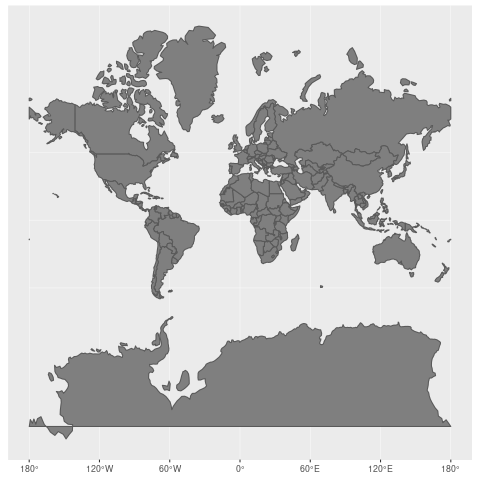 |
Not actually Erin. & is used with permission. |
You may be surprised to learn that the planet Earth has more than one North Pole.
There is the Geographic North Pole, also called the True North Pole, which is the point on the Earth's surface that is aligned with its axis of rotation. If you've seen a globe, the rod that allows the globe to spin is anchored there and at the opposite Geographic South Pole.
 |
| https://en.wikipedia.org/wiki/North_Pole |
There is also the Magnetic North Pole. Curiously enough, this is not in the same location as the True North Pole, and it moves over time due to variations within the Earth's core that I'm not smart enough to understand, let alone explain. ("Flux lobe elongation," whatever that means.)
 |
| https://www.dw.com/en/magnetic-north-pole-is-changing-faster-than-forecast/a-47043665 |
There's also something known as the North Geomagnetic Pole, but that doesn't matter unless you're predicting aurora locations. Apparently some doctoral candidates came up with it in a thesis and it stuck around. My friend The Dockmaster explained it to me like this: "Its location is calculated by statistically fitting the magnetic ones against a line that has to go through the center of the planet, and since the magnetic ones move... no one really cares."
What you do need to care about is declination, which is the difference between True and Magnetic North. Unless you happen to live along the agonic line, which is the line of zero declination that currently runs through Lake Superior and down into the Gulf of Mexico, your compass will not point to True North. If you are on the East Coast, your compass will point west of True North, which is known as a negative declination. Conversely, if you are on the West Coast then your compass will give a reading that is east of True North, which is positive declination.
The terms "positive" and "negative" make more sense when you look at a compass. Remember that since there are 360 degrees in a circle, 0° is the same as 360°, which is north. Therefore, everything to the east of zero is ascending (i.e. positive), and everything west of 360 is descending (i.e. negative).
All of this is important to know because maps orient to True North (which is fixed) and not Magnetic North (which moves over time). If you are navigating using a compass instead of a GPS, then the difference between True and Magnetic North may lead you astray. While the difference is small, over enough distance it can add up such that you could miss your target over an appreciable, and perhaps painful, number of miles.
Fortunately for you, there are solutions to this dilemma. As mentioned, GPS units orient you towards True North. Good trail maps will have magnetic declination on them that will look something like this:
Military and government maps will have that, plus something known as Grid North. You don't need to know Grid North unless you're using a military map to call in an artillery strike, but the short explanation is that trying to map a three-dimensional sphere onto a two-dimensional map always results in distortion. This is sometimes known as Mercator Distortion, named after the famous map style, and results in strange things like Antarctica looking enormous when in reality it's a very small continent.
 |
| Proportions of apparent size and real size (animated) |
Got that? Great. Grid North is nothing more than a correcting factor you use to account for Mercator Distortion when trying to map 3D coordinates onto a 2D surface.
Finally, you can use the NOAA Magnetic Field Calculator to determine the declination of your home. Just type in your address to find your latitude & longitude, and then press "calculate". As of today, the magnetic declination of my Florida home is 6° 56' W ± 0° 21' changing by 0° 4' W per year, or basically 7° (because there are 60 minutes in a degree).
And with that, I'm going to go recline before I decline.




No comments:
Post a Comment